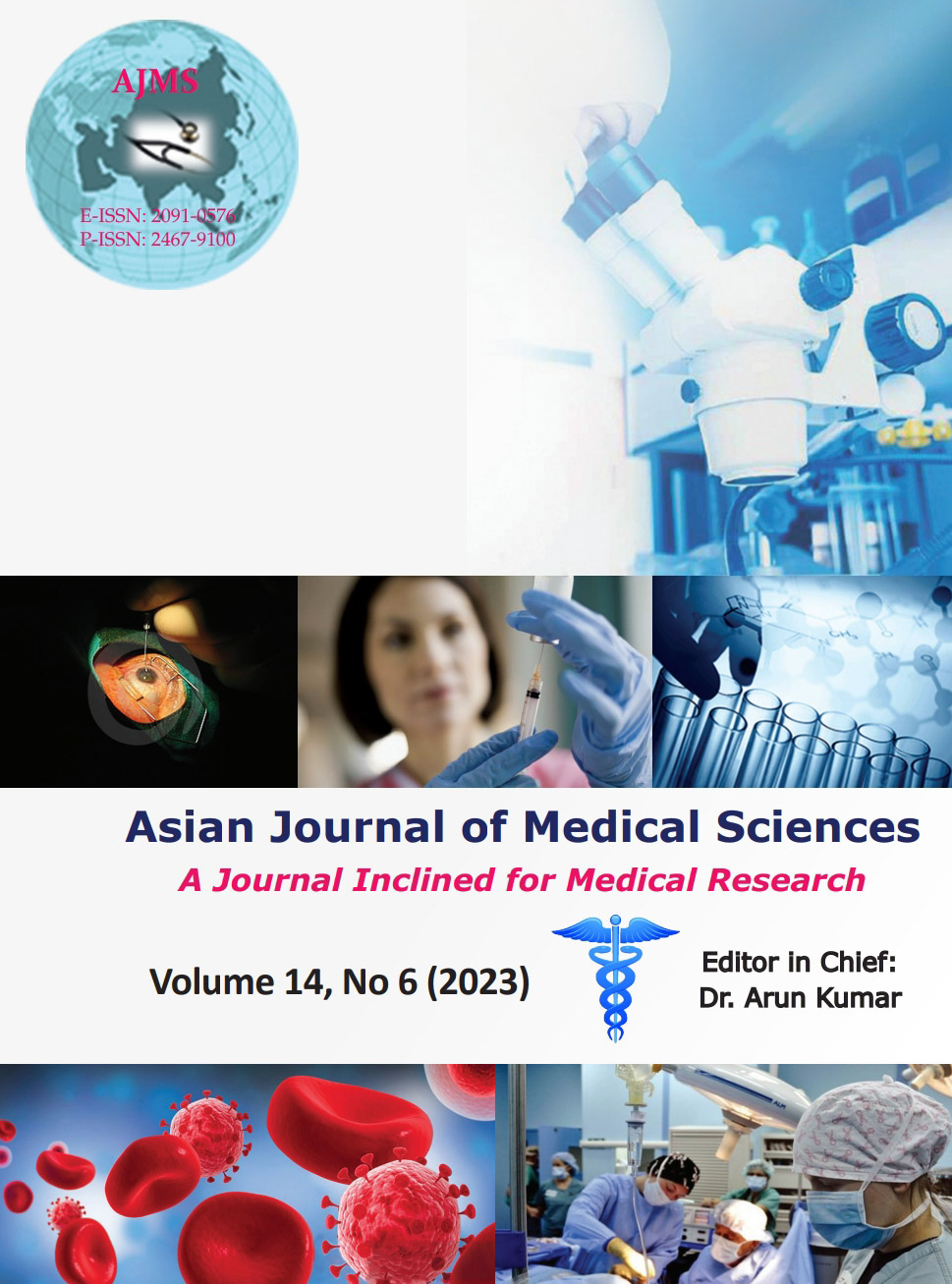Perception, attitude, and practice of labor analgesia among obstetric care providers in Eastern Uttar Pradesh
Keywords:
Epidural analgesia; Labor analgesia; Labor pain; Obstetric care providerAbstract
Background: Labor pain is among the foremost severe pain that ladies experience in their lifespan, if inadequately treated can lead to certain complications in labor. Relieving this pain with medical interventions is also full of misconceptions and disagreement among people. Different traditional and pharmacological methods for labor pain relief are utilized by obstetric care providers.
Aims and Objectives: The aim of the study was to obtain perception, attitude, and practice of labor analgesia among obstetric care providers in Eastern Uttar Pradesh.
Materials and Methods: A cross-sectional online survey was conducted among obstetric care providers practicing in eastern Uttar Pradesh to access the perception, attitude, and practice of labor analgesia.
Results: A total of 152 valid responses were obtained from the 250 participants contacted (response rate of 60.8%). The majority (98%) of them were in favor of utilizing some or the other technique of labor pain relief, and 80.3% of the participants were utilizing some of the available methods solely or in combination. Non-pharmacological methods were the most frequently used technique (77.9%). Epidural analgesia was used by only 9.8% of participants. Less awareness among pregnant women, fear of harm to the baby, lack of dedicated supporting staff, and non-availability of anesthesiologists were among the most commonly pointed out as barriers to utilizing labor epidural analgesia.
Conclusion: The majority of obstetric care providers were in favor of using some or the other technique of labor analgesia, but there was a large gap between the practice and attitude among health-care service providers regarding labor analgesia. Epidural analgesia was practiced very less due to some myths and scarcity of workforce.
Downloads
Downloads
Published
How to Cite
Issue
Section
License
Copyright (c) 2023 Asian Journal of Medical Sciences

This work is licensed under a Creative Commons Attribution-NonCommercial 4.0 International License.
Authors who publish with this journal agree to the following terms:
- The journal holds copyright and publishes the work under a Creative Commons CC-BY-NC license that permits use, distribution and reprduction in any medium, provided the original work is properly cited and is not used for commercial purposes. The journal should be recognised as the original publisher of this work.
- Authors are able to enter into separate, additional contractual arrangements for the non-exclusive distribution of the journal's published version of the work (e.g., post it to an institutional repository or publish it in a book), with an acknowledgement of its initial publication in this journal.
- Authors are permitted and encouraged to post their work online (e.g., in institutional repositories or on their website) prior to and during the submission process, as it can lead to productive exchanges, as well as earlier and greater citation of published work (See The Effect of Open Access).




